If you’re wondering why is my coolant pouring out of bottom of car? This has happened to a large number of people, and it is not good. Several factors can lead to a coolant or antifreeze leak. This can include hoses that aren’t properly fastened, damaged hoses, or even box nails.
In this article, we’ll discuss the issue of coolant pouring out of the bottom in detail. Let’s get started.
Table of Contents
Why Is Coolant Pouring Out Of Bottom Of Car?
The most typical causes are corrosion in the radiator, a broken coolant hose, or a leaking gasket in the water pump. Consult a professional if you discover a coolant leak under your car. In addition to diagnosing the problem, a technician can also repair or replace the damage. It’s critical that you fix a coolant leak as soon as possible. It’s because the cooling system relies on the coolant to function.
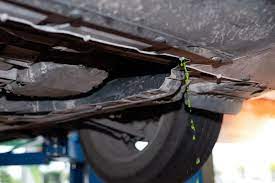
Refilling the coolant is a must. A loss of coolant will cause your engine to overheat since it will not be able to cool down. Your car’s engine will overheat if this happens. Finding the leak is as simple as searching for it. Radiator hoses can be split or torn, resulting in a leak.
What Are The Causes Of Coolant Leaks In The Car?
The most obvious coolant leak symptom is visible fluid on the floor of your garage (or wherever you park your car). Coolant is usually going to be bright green, orange or pink, and it might have a sweet smell. If your engine has a coolant leak, check the coolant level in the expansion tank and fill it, then monitor the level to find out if you’re losing fluid. Coolants can begin leaking for a number of different reasons, so let’s look at five of the most common coolant leak causes.
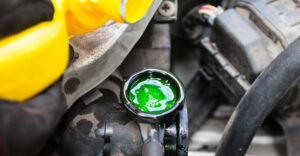
1. Faulty Radiator:-
Corrosion within the radiator is one of the leading reasons that coolant leaks. As the tubes get older and weaker, you may get sediment or debris inside that causes a leak. The sealing gasket between the tank and the radiator can also wear out, and that could lead to a leak.
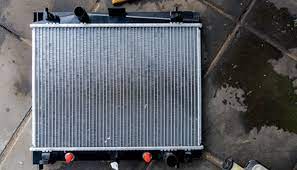
The hoses connected to the radiator can also be a culprit; as they get older, your hoses are going to get hard and brittle, which means they won’t seal as well. The places where they connect to the radiator, water pump, and heater core all become vulnerable to leaks as a result.
2. Leaky Radiator Cap:-
The radiator cap may be small, but it has a big job. The radiator is extremely pressurized, and the cap is responsible for creating a tight seal that keeps the cooling system at the right pressure. However, with time, its seal can deteriorate or the spring might start to wear out, which can allow coolant to escape.

3. Blown Head Gasket:-
Your car’s head gasket plays a huge role in how well your engine performs. When a head gasket blows, you might not know it for quite some time. The head gasket has to manage a wide range of temperatures as well as encounter both extremely high and very low pressure in the engine. It sits between the cylinder head and the engine block and when it develops a leak, it is referred to as “blown.”
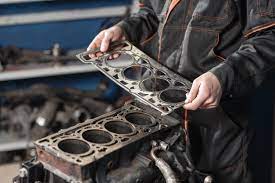
When that happens, it can no longer keep the engine oil and coolant separate, which is extremely dangerous and can lead to engine failure. It also can allow coolant to leak outside of the engine, and as the coolant level drops, so does your car’s ability to cool down.
4. Failed Water Pump:-
The water pump plays a critical role in ensuring that coolant is being circulated throughout the cooling system. The water pump is usually driven by a belt and is located on the lower part of the engine, near the drive belts. It connects to the lower hose of the radiator, but sometimes that hose connection can become loose or it might corrode. It may also suffer some sort of external damage that causes it to spring a leak.
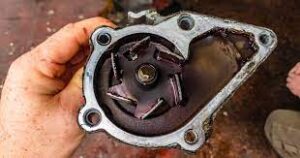
Regardless of the cause, when a water pump has a problem that prevents it from moving coolant throughout the system, your engine is eventually going to overheat.
5. Faulty Expansion Tank:-
To help supply coolant to your radiator, cars have an expansion tank, which is that plastic container beside the engine. It is usually connected to the radiator by a rubber hose and feeds or receives coolant to and from the radiator as the engine heats up or cools down.
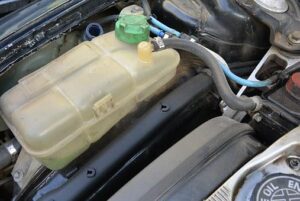
With time and exposure to temperature changes, that plastic can weaken, and so can the parts attached to it. The container might crack or the cap can leak, which lets coolant escape. Or, it might be that the hose running to the radiator deteriorates and that leads to a loose connection that lets fluid leak.
Where Does Coolant Leak From Under The Car?
If you’re wondering why is my coolant pouring out of bottom of car? and where does coolant leak from under the car? Under the hood of your car, the coolant can leak. A corroded radiator or a broken coolant hose is the most common causes. A leaking gasket on the water pump is another possibility.
How To Fix Pouring Coolant From The Bottom Of Your Car?

If you’re wondering why is my coolant pouring out of bottom of car? and how to fix it? It’s possible that you’re losing coolant and aren’t even aware of it. However, your engine will overheat as a result. Your vehicle’s coolant system can leak if there are four hoses that can crack. With the loss of coolant, a bad radiator cap can cause pressure to build up. Additionally, a burst head gasket is a potential hazard. You need to have a professional mechanic for your car.
How Do I Know If My Head Gasket Is Blown?
If your head gasket has ruptured, coolant might leak into the cylinders and cause damage. White smoke from the exhaust pipe may be caused by the cylinders. As a side effect, it might cause the radiator to bubble. Also, there is an unexplained coolant loss, but no leaks. A milky white color in the oil and engine overheating are also possible symptoms. The gasket is leaking oil and coolant, and you can see it on the ground.
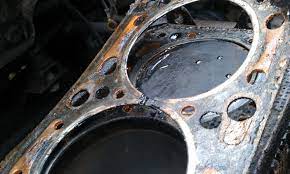
If the nearby cylinders’ head gaskets leak, the engine’s output can be reduced as a result of poor cylinder compression. Pressurizing the cooling system may help alleviate these symptoms. The engine must be cut off, but the pressure must not be released. You should seek advice from a knowledgeable person.
Can You Still Drive A Car With A Blown Head Gasket?
Even if your head gasket is blown, you can still drive. However, it might do significant harm to your automobile. Do not drive if your head gasket has blown out.
Does A Blown Head Gasket Mean I Need A New Engine?
If you have a leaking head gasket due to a blown head gasket, it may be preferable to replace the engine as a complete rather than just the head.

Conclusion:-
We hope the above-mentioned information about the coolant pouring out of bottom of car will be helpful to all the readers. If anybody’s doubts persist feel free to comment in the comment section below. We’ll try to solve your doubts as soon as possible.
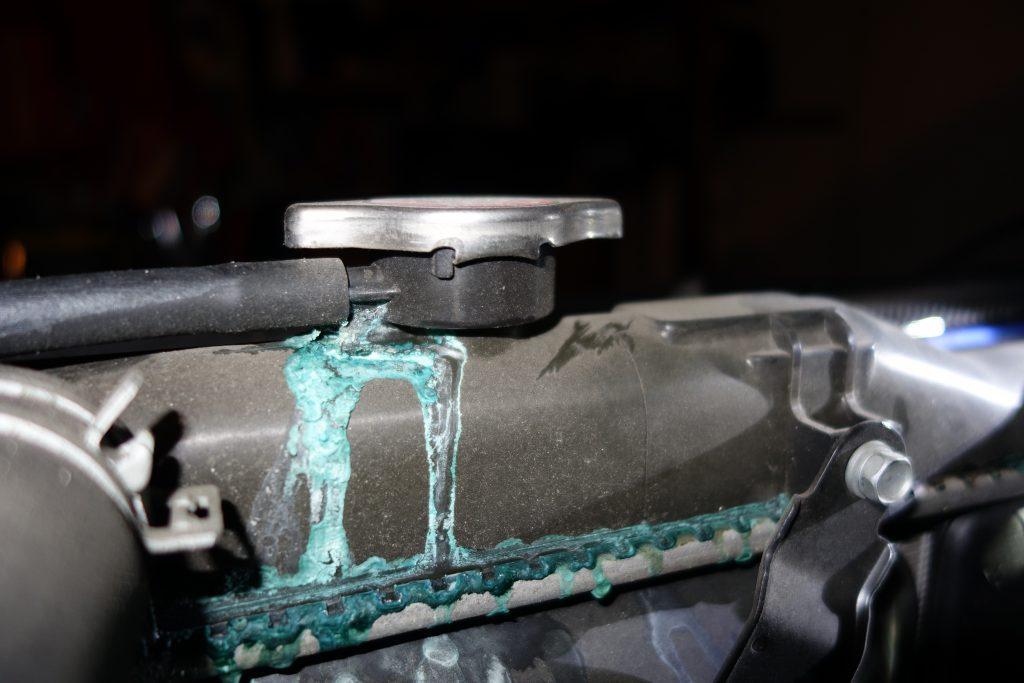
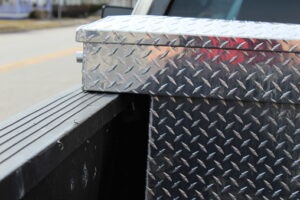

![Read more about the article How To Fix Rattling Noise In Car When Idle [4 Ways]](https://hydraulicsuspension.com/wp-content/uploads/2020/04/OIP-6-300x185.jpg)